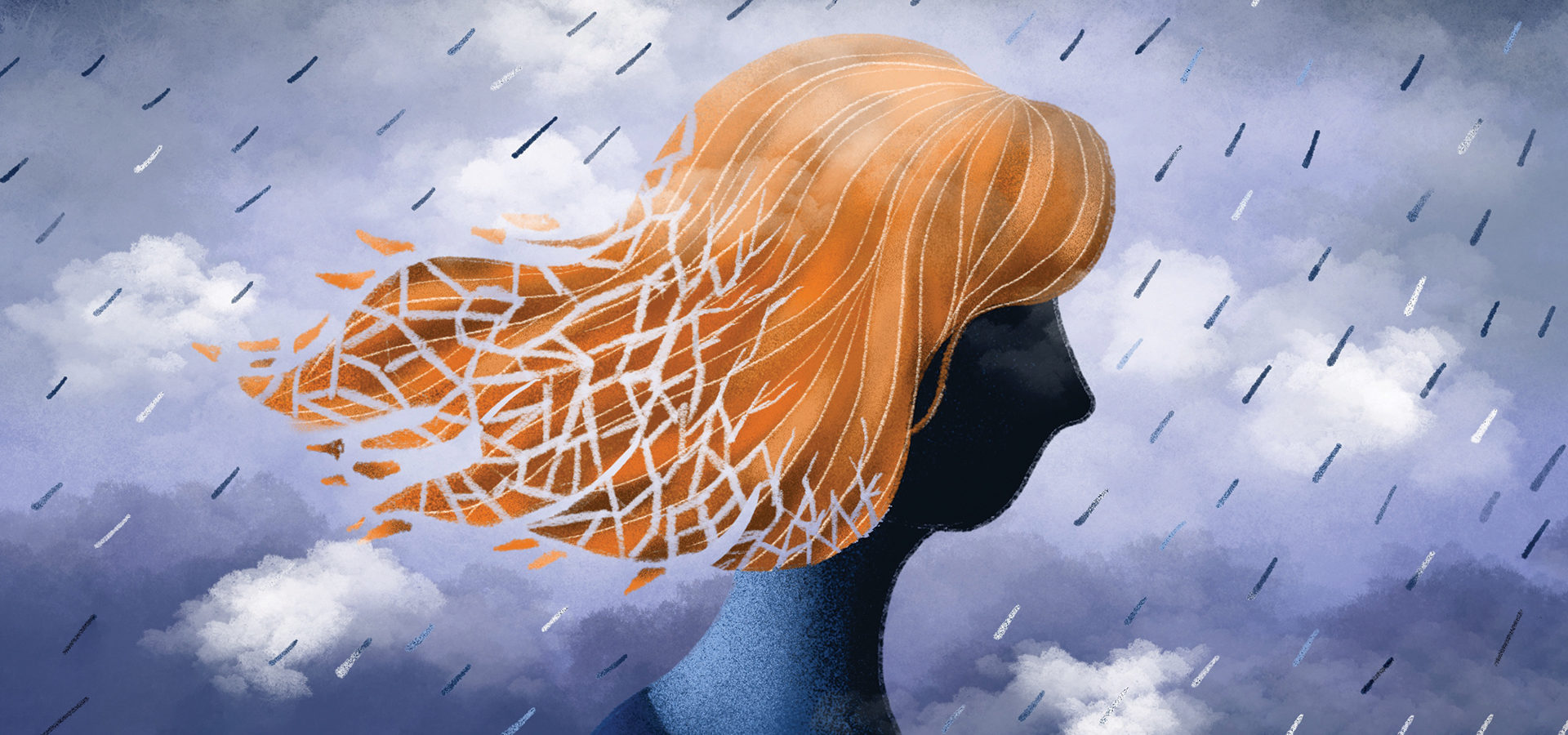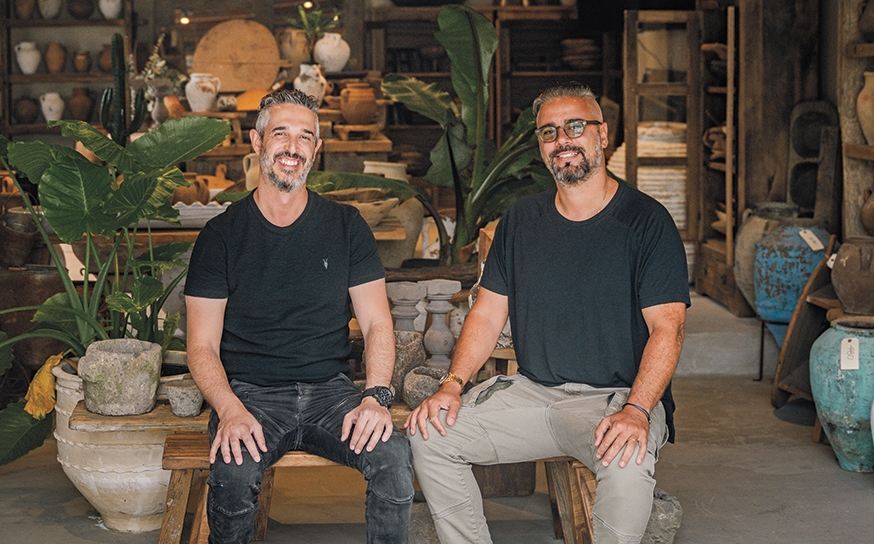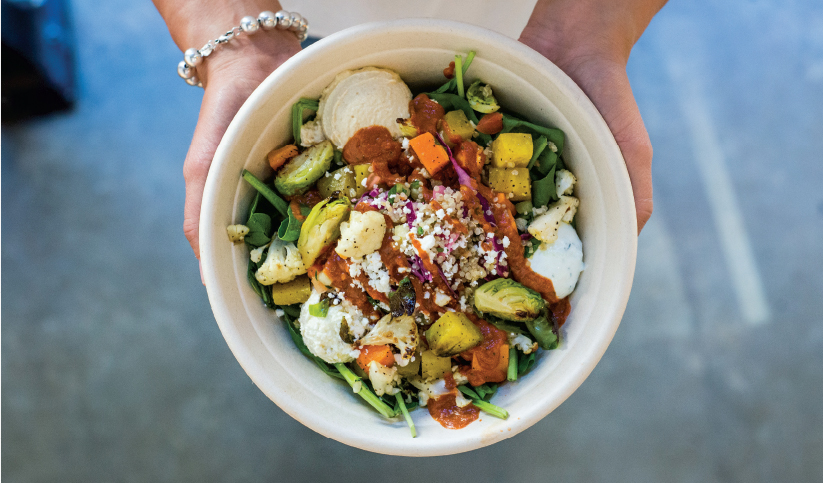
A Science Journalist on the Rise in Depression & Anxiety in Girls
The why and how to help.
Today one out of four adolescent girls reports suffering from symptoms of major depression. And for parents of a girl who is struggling, nothing is more painful. Donna Jackson Nakazawa aims to help those parents, and their kids, with her new book, Girls on the Brink. Her mission is the book’s subtitle: “Helping Our Daughters Thrive in an Era of Increased Anxiety, Depression, and Social Media.” After two years of exhaustive research with scientists, medical practitioners, and mental health experts—and, of course, girls—she offers insight into why this is happening and what parents can do about it. Here the author discusses her book and findings with VB editor Linda Grasso.
 You blame the increase in anxiety and depression among girls on a toxic combination: the earlier onset of puberty, the hideous effect of social media on self-esteem, and the misogyny in our culture.
You blame the increase in anxiety and depression among girls on a toxic combination: the earlier onset of puberty, the hideous effect of social media on self-esteem, and the misogyny in our culture.
Yes, and I would add that this world is extremely stressful for kids across the board. The world has heated up socially, politically, environmentally. Wildfires, floods, school shootings, political insanity, pandemic. Social media amplifies that and begins to literally change the brain. Kids are growing up in an environment when we really can’t understand the effects on the young brain, which asks itself: “Am I safe in this world or not?” The answer is increasingly no.
And it’s all happening during the critical window of adolescence when the brain is still forming.
I talked to leading neurobiologists, girls, school nurses, pediatricians and public health researchers over two years. Two things became clear. Puberty is happening earlier and earlier. In the 1800s it was age 16; in 1900, age 15. Today it is age 11. That has shaved off a lot of girlhood. Puberty is happening before adolescence. That’s a problem. It used to be that you went through a period in the tweens and early adolescence to develop and figure out who you were in the world. For example: How should you respond to that mean girl that left you out in the classroom? The brain needs that time to figure out how to handle small stressors and large stressors before puberty sets in. “Is this a big deal or not? Is this life or death? How do I ask for help?”
In the book you indicate that this situation can actually impact adulthood.
More than 2,000 studies over the past 20 years look at how adversity affects mental health. Studies show that significant stress over time begins to create changes in the immune system and architecture of the brain. It is a state of fight-or-flight over a period of time. One doesn’t know if they’re safe or not or when the next bad thing is going to happen. That sets the brain on high alert and over time, sends the immune system into high alert, which causes complicated inflammatory factors to course through the body and brain. It is a big deal when it happens during puberty when hormones are coming in, which amplifies this remodel of the brain.
Why are we seeing girls more impacted than boys?
Boys are definitely struggling too. There are some differences in the brain. In boys we see more attention and behavioral issues, but girls tend to take stressors more internally, especially social pressures. Boys tend to take their pressures more externally.
On social media, you see girls—from the moment they start getting curves and sometimes even before—posing in bikinis and skimpy clothing, trying to be sexy. You can see that their posts are eliciting responses and that is where and how they are trying to build their self-confidence and esteem.
Yes, and the girls I’ve followed for two years told me stories about how if you wanted to be popular in high school, you needed to be really active on social media. The earlier you sexualized yourself, the more popular you were. Popularity is based on how willing one is to be sexualized—way before the brain is ready for it.
I talked to girls who said the more clothes they took off on TikTok, the more followers they got. If a girl looks like an adult and is sexualized, she will become more popular. This really messes with the brain.
We have really good research that shows two things. One, the more time kids spend on social media and the more they see different behaviors getting liked, the more the brain reacts the same way that you or I might if we really loved chocolate. It activates the reward center of the brain in ways that become addictive.
Two, in an internal survey run by Meta (parent company of Facebook and Instagram), kids who spent a lot of time on Instagram said they wanted to spend less time—but they just didn’t know how.
You have words of caution even for parents of a well-loved popular girl.
Yes, even for that girl, her sense of herself and her possibilities in this world will be diminished over time in the face of this continual misogynistic, sexist and gender messaging. I learned this from girls I talked to. Even when girls grew up in loving families, their sense of possibilities, mattering and being valued began to diminish over time in this avalanche of negative messaging.
In the book you offer what you call the building blocks of good parent-child connection and the importance of family resilience. One is get in sync—understand the connections between your own stress and trauma and what you are communicating to your child.
We know when a kid grows up with a lot of stress and adversity, that begins to affect the way the brain and immune system fire up. If you were one of those kids yourself, later in life, when as parents we are in high-stress moments, our brain is more likely to kind of go offline. We become so caught up in managing our own feelings that we are not present to help the child in front of us.
It’s OK when that happens. What isn’t OK is to not do anything about it. There are ways we can reground ourselves. We can offer what we call parent attunement. Rather than having to fix your own state of being off kilter, you’re tuning in to your child’s emotional state.
Another one of your building blocks, and one I find tremendously challenging as a parent: When hard things happen, be prepared to respond in healthy, supportive ways, even when your child shares difficult-to-hear information.
When a child is upset, showing signs of depression … when the conversation begins to happen, it is so important that it is a good experience. Our child will remember what came out of our mouth and the way it made them feel. We want to do that by stepping back—being not just a good listener, but somebody who knows when to jump in and when not to.
Sometimes we can rewire our own brain by having a few scripts. I’ve had parents tell me that they’ve taken sections of my book and made crib cards or sheets. When your child comes to you and they are really struggling, don’t jump in as the fixer, the detective, the judge. (You want to say) “Who did it? Where were you? What happened? Show me!” But if you can come in with a script, it can be helpful. You can say to your child, “Look, I’m going to tell you what I think, but right now it is more important that you share with me, and I listen.” This allows our child to walk away thinking: I am loved, seen, and I matter, and this is a place I can return to for help.
It is challenging not to be reactive when a child tells you something disturbing.
It is a tall order. The idea is to create a different level of connection. We don’t have to do this alone. We can take some of the pressure off by getting professional help. We can bring in the help of the school and engage the power of mentors and benefactors.
What about parents getting therapy to help them cope?
One hundred percent. In the book I talk about normalizing therapy for the whole family from a young age. We are better parents when we have someone to talk to about our stress and anxiety. I advise families to start the search for the right therapist early if you have any inkling that your child is struggling. The earlier we intervene with therapy, the better results we see.
For more of Linda’s conversation with Donna, listen to SheSez with Linda Grasso, available across all podcast platforms. Or access the SheSez podcast episode here or on Apple Podcasts.
Painter and Sculptor Charles Fine Says Growing Up Valley is a Major Influence in His Art
Indelible impressions.











